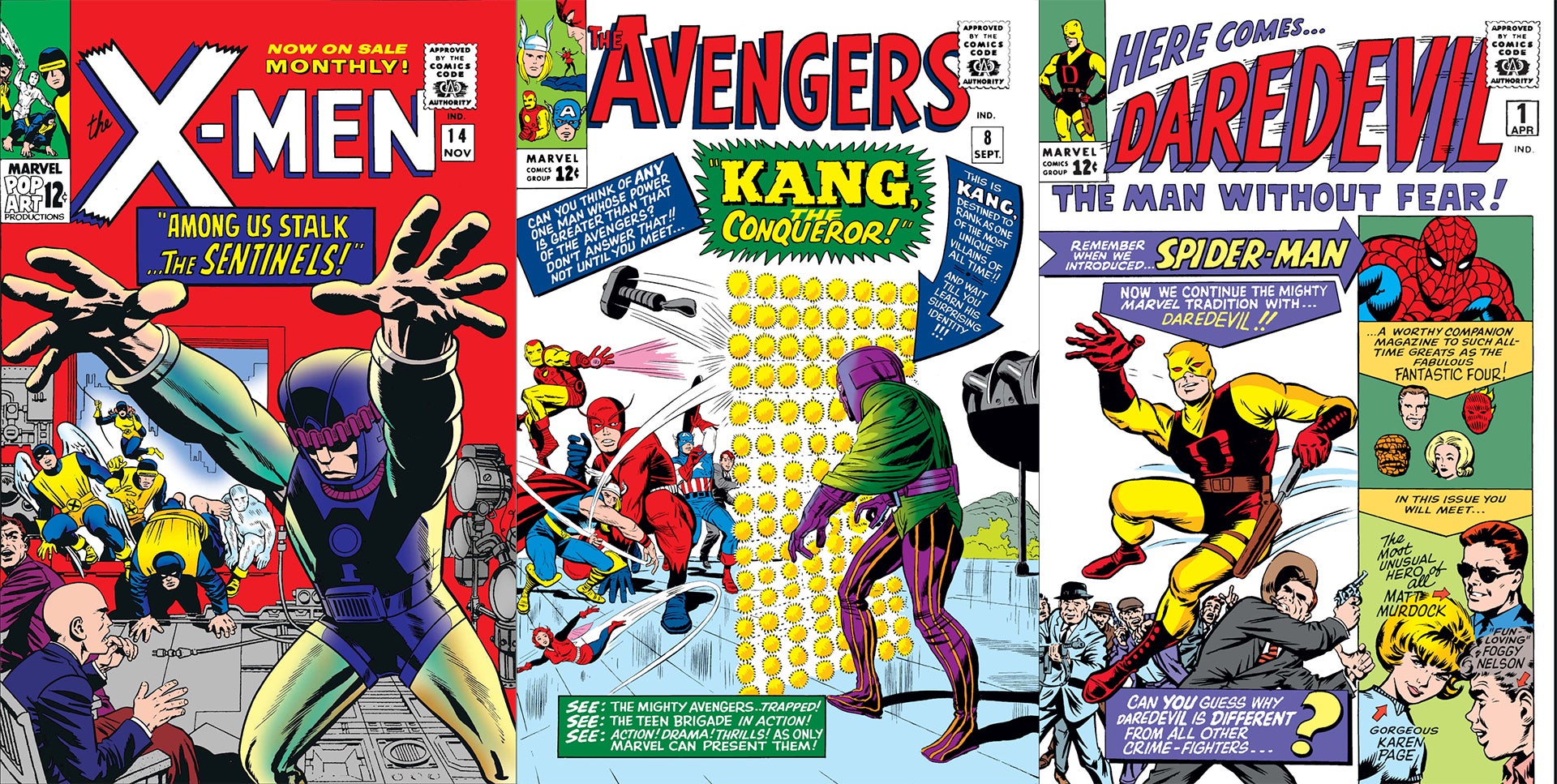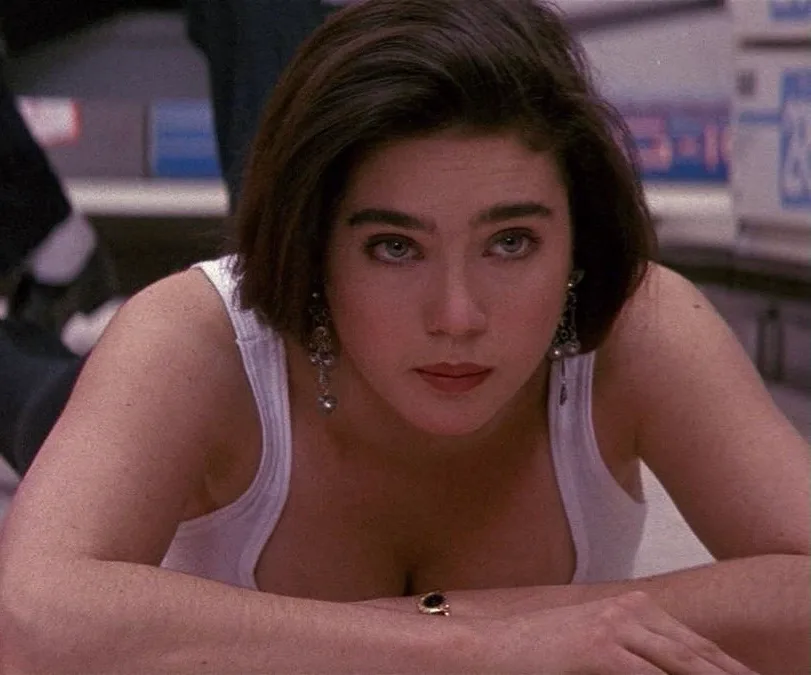zoomacademia – Abstract Expressionism emerged in the mid-20th century as a bold departure from traditional art forms. This movement, characterized by spontaneous and subconscious creation, emphasized personal expression over representational accuracy. It not only reshaped the art world but also mirrored broader social and cultural changes in post-World War II America.
Historical Context
The roots of Abstract Expressionism can be traced back to earlier movements like Surrealism and Cubism. However, it gained significant momentum in the United States during the 1940s and 1950s, particularly in New York City. This period saw many European artists fleeing the war, bringing new ideas and techniques. The movement flourished as modernism rose, fueled by a desire to break free from European artistic traditions.
Key Characteristics
Abstract Expressionism is defined by several key features:
- Spontaneity and Improvisation: Artists embraced chance and spontaneity, allowing emotions and subconscious thoughts to guide their creative process.
- Bold Color and Dynamic Brushwork: Vibrant colors and expressive brushstrokes are hallmarks of this movement, conveying energy and emotion.
- Large Scale: Many works are monumental in size, inviting viewers to engage with the art on both a physical and emotional level.
- Non-Representational Forms: The focus is on abstraction rather than recognizable forms, encouraging viewers to interpret the artwork through their own experiences.
Notable Artists
Several key figures emerged as pioneers of Abstract Expressionism:
- Jackson Pollock: Known for his drip paintings, Pollock poured and dripped paint onto canvases laid on the ground, creating dynamic compositions that embodied spontaneity.
- Mark Rothko: Rothko’s large color field paintings evoke deep emotional responses with soft, rectangular bands of color that encourage contemplation.
- Willem de Kooning: De Kooning blended abstraction with figurative elements, creating a sense of movement and chaos, especially in his famous “Woman” series.
- Franz Kline: Kline’s black-and-white paintings feature bold strokes that convey strength and urgency.
Cultural Impact
Abstract Expressionism marked a significant shift in the art world, establishing New York as a new center for contemporary art. It challenged traditional notions of art and paved the way for movements like Minimalism and Conceptual Art. The emphasis on individual expression resonated with the growing counterculture of the 1960s, influencing not just artists, but also musicians, writers, and thinkers.
Conclusion
Abstract Expressionism remains a pivotal movement in modern art history. Its focus on emotion, spontaneity, and individualism continues to inspire artists today. By breaking away from convention and embracing the abstract, these pioneers opened up new possibilities for artistic expression, leaving a lasting legacy that reshaped contemporary art. Their works remind us of the power of art to reflect the complexities of the human experience.







